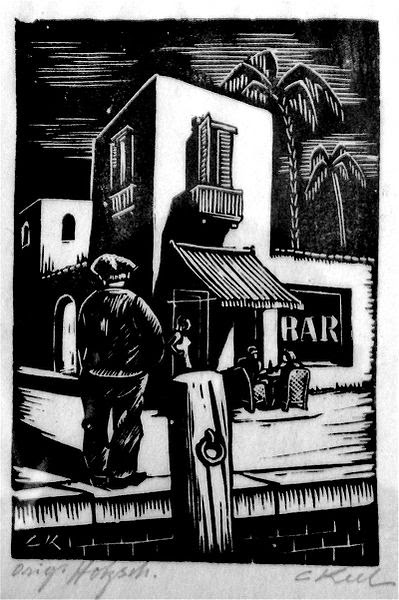Graphic design timeline
15,000 - 10,000 BC
The first known visual communication, with pictographs and symbols in the Lascaux caves in southern France.
3600 BC
The Blau Monument, the oldest artifact known to combine words and pictures.
105 AD
Chinese government official Ts’ai Lun credited with inventing paper.
1045 AD
Pi Sheng invents movable type, allowing for characters to be individually placed for printing.
1276
Printing arrives in Europe with a paper mill in Fabriano, Italy.
1450
Johann Gensfleisch zum Gutenburg credited with perfecting the system for printing type in books.
1460
Albrecht Pfister the first to add illustrations to a printed book.
1470
Nicolas Jenson, considered one of history’s greatest typeface designers, sets news standard for Roman type.
1530
Claude Garamond opens first type foundry, developing and selling fonts to printers.
1722
First Caslon Old Style font developed, later used for the printing of the Declaration of Independence.
1760
Industrial Revolution begins, setting the stage for advances in graphic design production.
1796
Author Aloys Senefelder develops lithography.
1800
Lord Stanhope invents first printing press made of all cast-iron parts, requiring 1/10 the manual labor and doubling the possible paper size.
1816
First sans-serif font makes a subtle entrance as one line of a book.
1861
Williams Morris, who became a highly influential figure in design history, sets up art-decorating firm.
1880
Development of halftone screen allows for first photo printed with a full range of tones.
1890
Art Nouveau movement begins and changes design, making its way into all types of commercial design and utilizing all types of arts.
 1917
1917
James Montgomery Flagg designs famous “I Want YOU for the U.S. Army” poster. The poster, a self-portrait, was actually an American version of a British poster by Alfred Leete.
1919
The Bauhaus, a German school, is founded, eventually providing the framework for modern design.
1932
Stanley Morison oversees design of Times New Roman font, commissioned by the Times of London.
1940
First issue of Print Magazine printed.
1956
Paul Rand designs IBM logo using City Medium typeface.
1957
Max Miedinger designs Neue Haas Grotesk font, later renamed Helvetica.
1959
First issue of Communication Arts printed.
1969
Douglas Engelbart develops first computer mouse, setting the stage for the future tool of graphic design.
1984
Apple releases first Macintosh computer, featuring bitmap graphics.
1985
Aldus, formed by Paul Brainerd, develops PageMaker software. Brainerd coins the phrase “desktop publishing.” In the same year, New York firm Manhattan Design creates the MTV logo.
1990
Photoshop version one released, and physicist Tim Berners-Lee develops the world wide web, along with HTML and the concept of website addresses.











